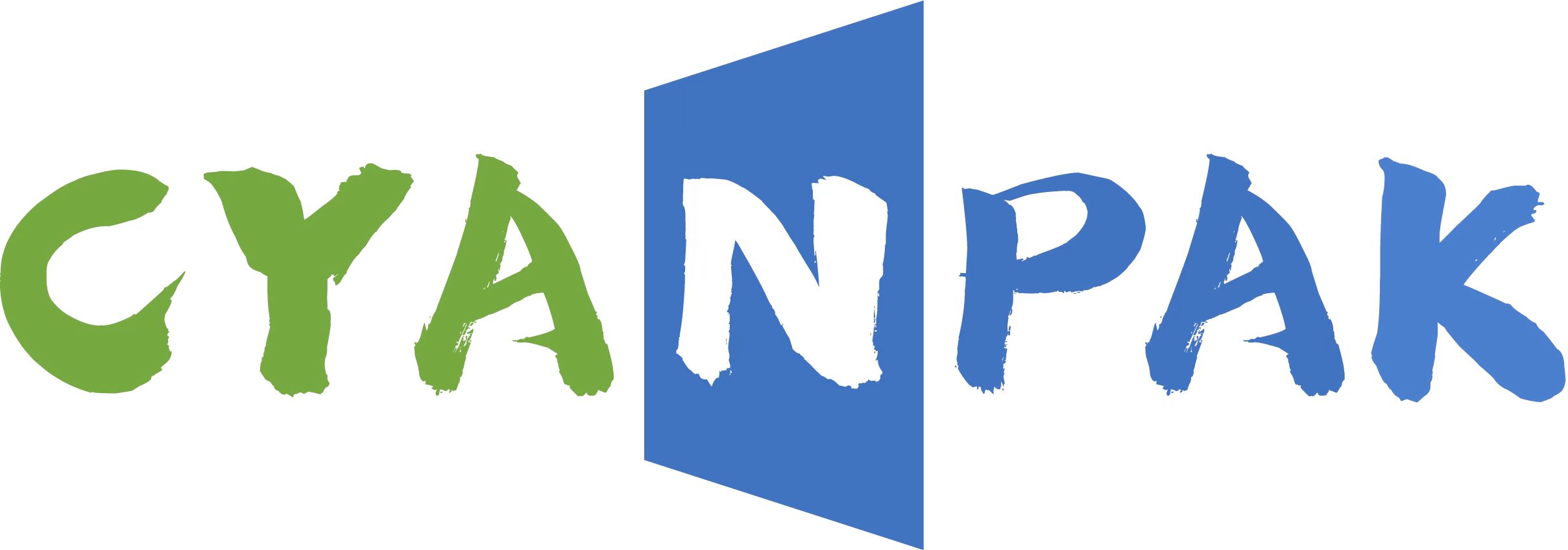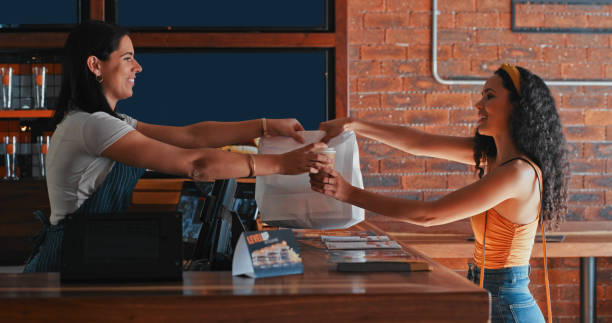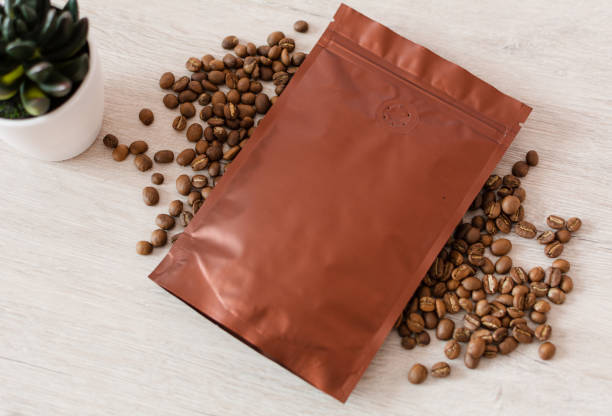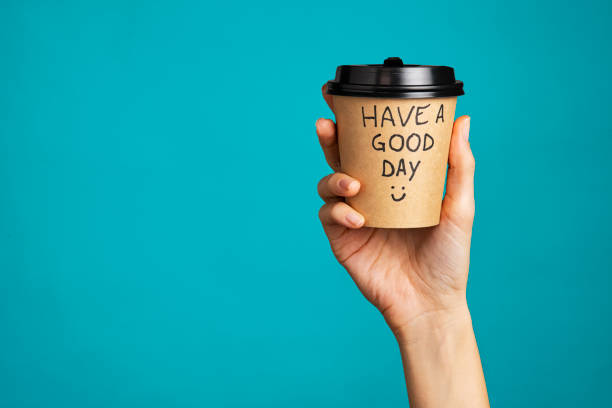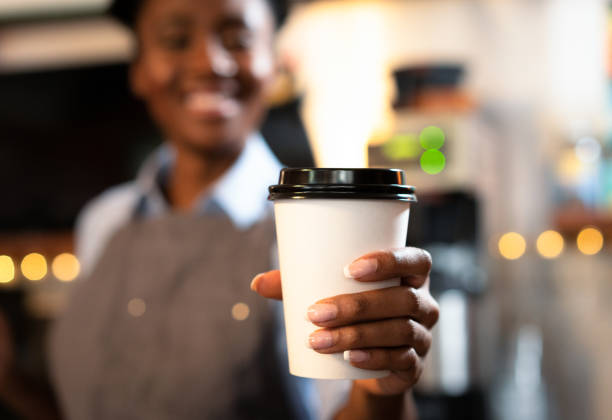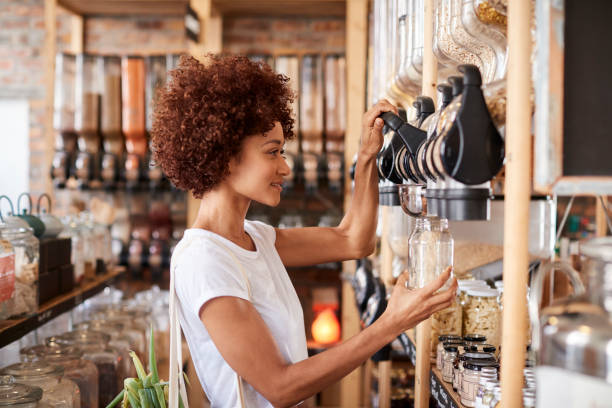The US government realized it needed to take action in May 2021 as the use of Covid-19 vaccinations continued to decline. Large segments of the populace were refusing to get their initial dosage of vaccination, raising the potential of lengthy lockdowns that would cripple the economy.
White House officials came to the conclusion that McDonald’s, the nation’s most well-known burger chain, had the key to the problem. The government made the decision to begin printing Covid-19 vaccine information on all McDonald’s takeaway coffee cups on July 1 in an effort to convince vaccine skeptics.
The concept behind the new packaging was to provide McDonald’s customers with “trusted information about vaccines when they grab a cup of coffee.” The artwork for the packaging was taken from the nationwide “We Can Do This” campaign. Three days after the campaign began, there was an 18% increase in the immunizations given per 100 persons.
For many, this merely served to emphasize the potential influence that packaging could have on public perception. Others, however, questioned the morality of utilizing packaging to support causes other than the company and its goods. What else could coffee packaging be used for if it could be used to improve vaccine uptake?
Why do companies promote causes through their packaging?
Marketing has become a potent weapon throughout the years, useful not just for persuading consumers to buy a particular good but also for raising public awareness of different issues.
Cause-related marketing, also referred to as cause marketing, takes many different forms, such as emotive branding, open-source branding, and behavioral targeting.
According to Catherine Suzanne Galloway of the University of California, Berkeley, the distinction between the political and consumer spheres is becoming more and more muddled as a result of the adoption of marketing strategies by consumer businesses.
According to her findings in her research Packaging Politics, “The US also has a long history of applying the same tools to sway popular opinion about political issues and candidates that are used by manufacturers to market their wares to consumers.”
“Brands that live their beliefs in all that they do, and invite consumers to take action with them, will be rewarded…”
In an effort to raise public awareness for various causes, this has in turn led to a number of partnerships between consumer brands and organizations, including NGOs, political parties, and sports teams. This usually leads to a brief rebranding of the packaging.
International football competitions, like the World Cup, are a frequent example. Fifa, the organizers, collaborates with a large number of businesses to advertise the competition on common consumer goods.
These companies will then change their packaging for a predetermined amount of time with Fifa’s advice in an effort to raise awareness of the competition.
However, the benefits of these partnerships are not just for the organizations; brands can also gain from them.
Mark Renshaw, global head of brand practice at Edelman, writes in an article for CNBC on how businesses that remain silent on some problems run the risk of being forgotten. On the other hand, they can increase loyalty and access new markets if they collaborate with organizations that share their own set of values.
In his words, “Brands that live their beliefs in all that they do, and invite consumers to take action with them, will be rewarded with more conversation, more conversion, and ultimately, more commitment.”
What are the consequences?
Cause marketing has consequences for political campaigns and football tournaments alike, just like other marketing strategies.
The possibility of alienating customers is one of the most important ones. A recent study found that 57% of consumers are likely to boycott a company because of its stance on a certain topic.
This means that if a business decides to support a cause that the majority of its consumers disagree with, it could harm their reputation (in their customers’ eyes) and lose a sizeable amount of revenue.
The ambiguity or unclearness of the message conveyed is another issue with cause marketing. This can be as a result of the brand’s lack of internal resources or incomplete understanding of the complexity of the problem.
Starbucks’ “Race Together” campaign, in which baristas were required to write “Race Together” on their coffee cups to encourage conversation between customers about racial issues, is a prime illustration of this.
Although the aim was good, Starbucks received criticism for the execution, which included only the two words.
Naturally, the campaign’s vagueness failed to spark much discussion on the nation’s racial relations, and others have compared it to “greenwashing” in other ways. This may diminish the authenticity of a brand and harm its reputation.
How to effectively promote causes using coffee packaging
Coffee is one of the most consumed beverages in the world, making it a great choice for cause marketing. It has the potential to reach hundreds of thousands, if not millions, of people because it is affordable, accessible, and necessary to many people’s daily lives.
One of several speciality roasters that backs a cause consistent with its brand values is Rave Coffee. They donate 1% of each sale through their “1% For The Planet” collaboration to environmental organizations including Project Waterfall and One Tree Planted.
Similar to this, Bristol’s Full Court Press donates 50p from each Timor-Leste washed coffee purchase to a flood appeal fund that aids coffee-growing regions affected by landslides and floods.
These two are illustrations of how coffee manufacturers may make use of their platforms to support worthwhile causes. But what role does packaging play here?
Using QR codes on the sides of bags and takeaway cups is perhaps one of the easiest ways to raise awareness for these causes. Square barcodes known as QR codes are used to store data using black and white squares.
Customers can access an app, movie, website, or social media page by scanning the QR codes with their devices. They can learn more about the cause from this point.
This not only enables roasters to keep their original trademark while aiding a good cause, but it also offers further details to clear up any confusion.
Customers are able to make purchases, and all roasters can work together to support a variety of charitable and environmental issues.
Coffee roasters can elegantly define their coffee through packaging while also embracing a cause, informing consumers about it, and advancing society as a whole.
If you want to create limited edition bags and takeaway cups or include a QR code in your coffee packaging, Cyan Pak can assist you.
Post time: May-27-2023
